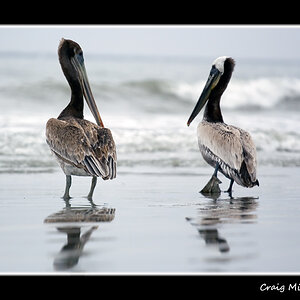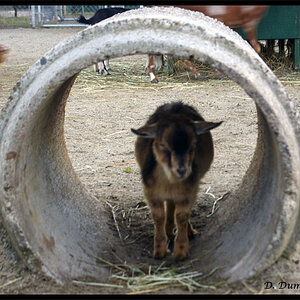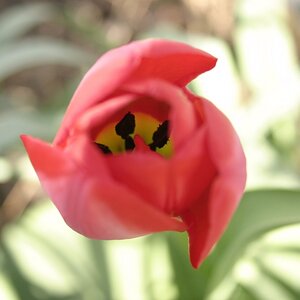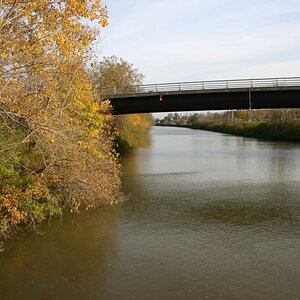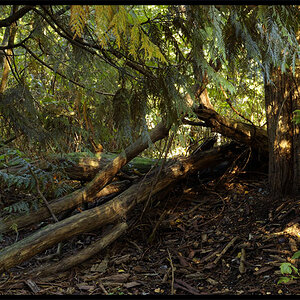batmura
No longer a newbie, moving up!
- Joined
- Sep 19, 2012
- Messages
- 649
- Reaction score
- 240
- Location
- Istanbul, Turkey
- Can others edit my Photos
- Photos OK to edit
Please excuse me if this is a stupid question, but I'm a beginner who's had his first DSLR for only a month (D3100). I have the 18-55mm kit lens and have read quite a few posts both on this forum and places that carrying an 18-200mm lens does not necessarily ensure better picture quality. Since I'd like to carry only one camera and lens at this time, I'd like to know how an 18-200 differs from a kit lens except that it allows you to zoom in more. I know many people still favour the 50mm lenses to shoot even if they have the 200. If I shoot a pic at 55mm on the 200 will the pic be different from the one on the kit? If yes, I'd like to know the reason.
Also what is the reason for owning 55mm prime lenses? I assume those are the ones that do not let you zoom in or out at all except for changing f-numbers. Wouldn't it be better to have a 18-200 and just set to 55 and the desired f number?
Finally, can anyone tell me about the 17-55mm? How is it different from my kit?
Thanks a lot!
Also what is the reason for owning 55mm prime lenses? I assume those are the ones that do not let you zoom in or out at all except for changing f-numbers. Wouldn't it be better to have a 18-200 and just set to 55 and the desired f number?
Finally, can anyone tell me about the 17-55mm? How is it different from my kit?
Thanks a lot!


![[No title]](/data/xfmg/thumbnail/42/42034-6262420ff3ea238f05395bbcc7ae1f28.jpg?1619739985)

